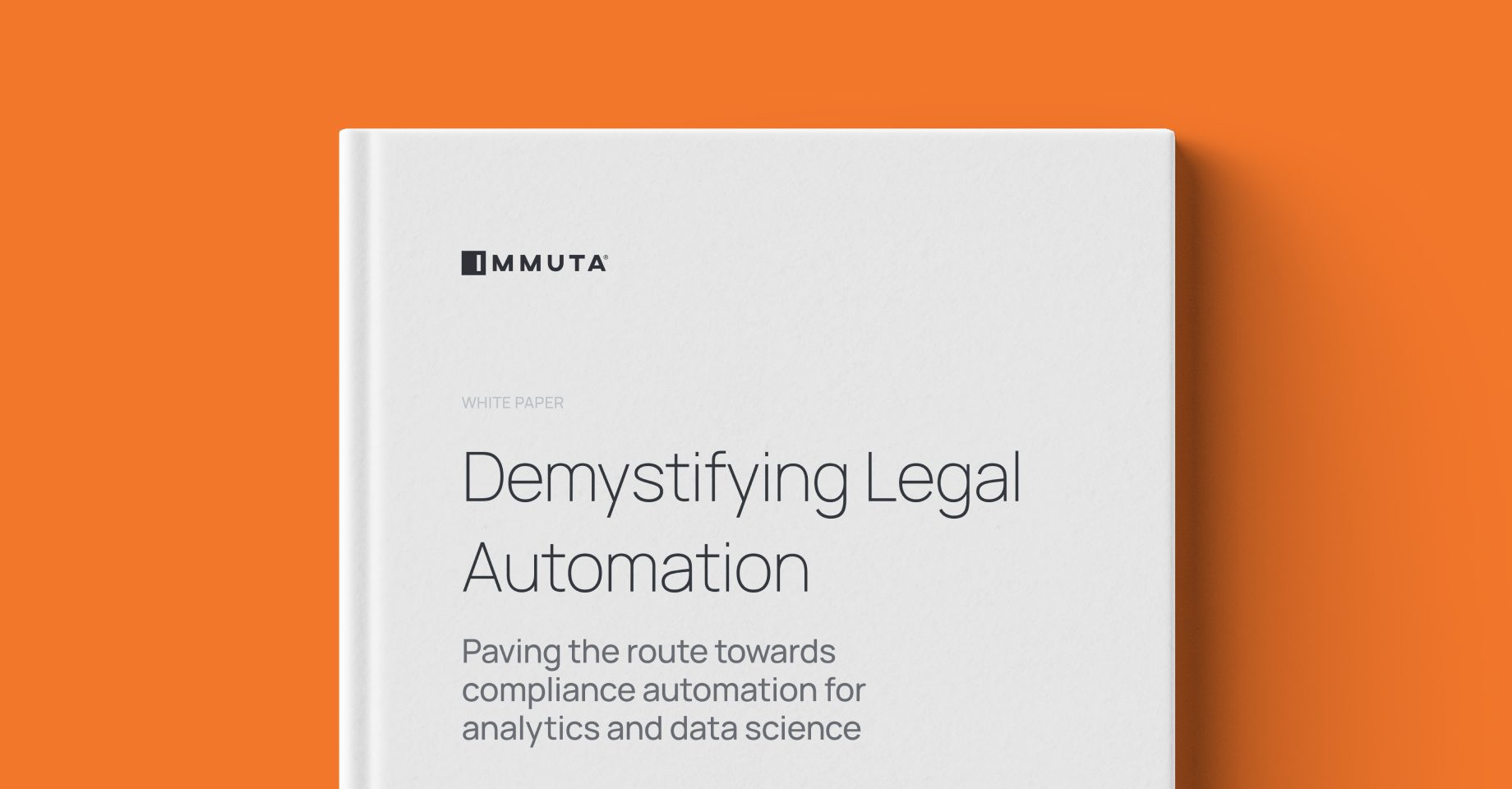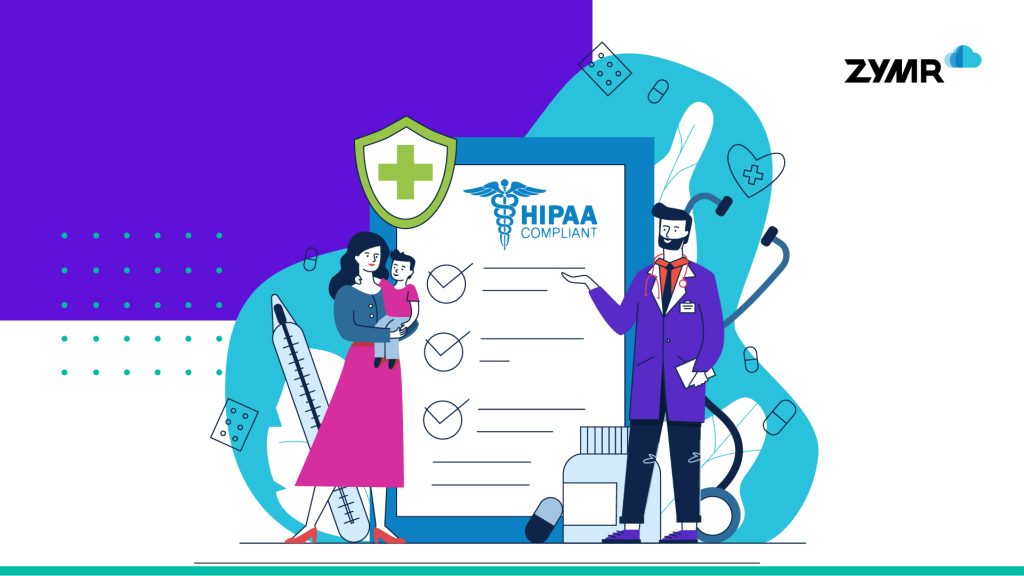Introduction
The General Data Protection Regulation (GDPR) is a comprehensive data protection law that came into effect on May 25, 2018. It aims to strengthen the protection of personal data for individuals within the European Union (EU) and also regulates the export of personal data outside the EU. GDPR compliance is crucial for businesses that handle personal data of EU citizens, regardless of their location.
In this blog post, we will demystify GDPR compliance by discussing the key steps and best practices that organizations should follow to ensure they meet the requirements of this regulation. By understanding the fundamental principles and implementing the necessary measures, businesses can protect the privacy rights of individuals and avoid hefty fines and reputational damage.
Understand the Scope of GDPR
Before diving into the compliance process, it is essential to understand the scope of GDPR. The regulation applies to all organizations that process personal data of individuals residing in the EU, regardless of the organization’s location. Personal data includes any information that can directly or indirectly identify an individual, such as names, addresses, email addresses, or even IP addresses.
Appoint a Data Protection Officer (DPO)
One of the first steps towards GDPR compliance is appointing a Data Protection Officer (DPO). The DPO is responsible for overseeing data protection activities within the organization, ensuring compliance with GDPR, and acting as a point of contact for data subjects and supervisory authorities.
Conduct a Data Audit
Performing a comprehensive data audit is crucial to identify and document the personal data your organization processes. This includes understanding the sources of data, the purpose of processing, the legal basis for processing, and the data retention periods. The data audit will help you assess the risks associated with data processing and implement appropriate security measures.
Obtain Consent and Communicate Privacy Notices
Under GDPR, organizations must obtain explicit and informed consent from individuals before collecting and processing their personal data. Consent should be freely given, specific, and easily withdrawable. Additionally, organizations must provide clear and concise privacy notices that inform individuals about the purpose, legal basis, and duration of data processing, as well as their rights regarding their personal data.
Implement Data Protection Measures
Gaining GDPR compliance requires implementing robust data protection measures. This includes ensuring the confidentiality, integrity, and availability of personal data.
Summary
This blog post provides a comprehensive overview of GDPR compliance, outlining the key steps and best practices that organizations should adopt. It emphasizes the importance of understanding the regulation’s fundamental principles and implementing appropriate measures to protect personal data. By following the guidelines presented in this article, bus visit this website inesses can ensure compliance with GDPR, safeguard the privacy rights of individuals, and mitigate the risk of penalties and reputational harm.
- Q: What is GDPR compliance?
- A: GDPR compliance refers to adhering to the General Data Protection Regulation, a set of regulations designed to protect the personal data and privacy of individuals within the European Union (EU).
- Q: Who does GDPR apply to?
- A: GDPR applies to any organization that processes the personal data of individuals residing in the EU, regardless of the organization’s location.
- Q: What are the key steps to achieve GDPR compliance?
- A: The key steps to achieve GDPR compliance include conducting a data audit, appointing a Data Protection Officer (DPO), implementing data protection policies and procedures, obtaining consent for data processing, and ensuring data security measures are in place.
- Q: What are the consequences of non-compliance with GDPR?
- A: Non-compliance with GDPR can result in significant fines, which can be up to 20 million or 4% of the organization’s global annual turnover, whichever is higher.
- Q: What are some best practices for GDPR compliance?
- A: Some best practices for GDPR compliance include regularly reviewing and updating privacy policies, providing clear and transparent information to individuals about data processing activities, conducting employee training on data protection, and regularly monitoring and assessing data security measures.
- Q: How can individuals exercise their rights under GDPR?
- A: Individuals can exercise their rights under GDPR, such as the right to access, rectify, or erase their personal data, by submitting a request to the organization that processes their data.



